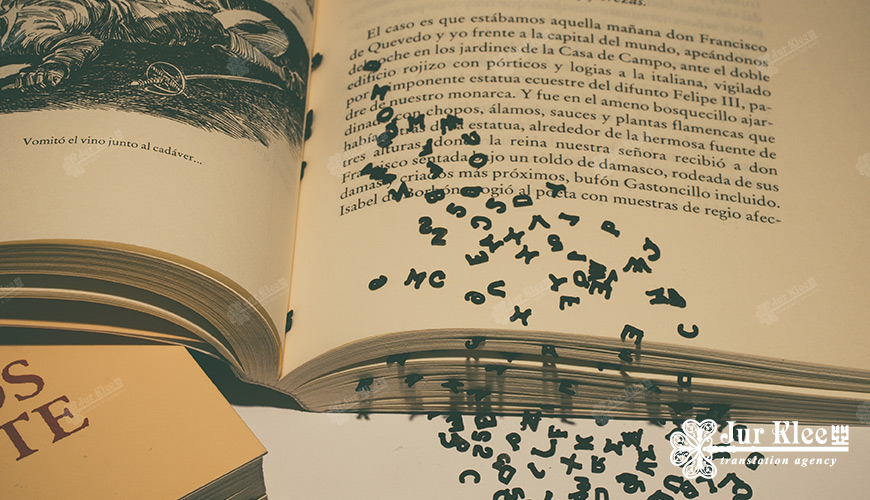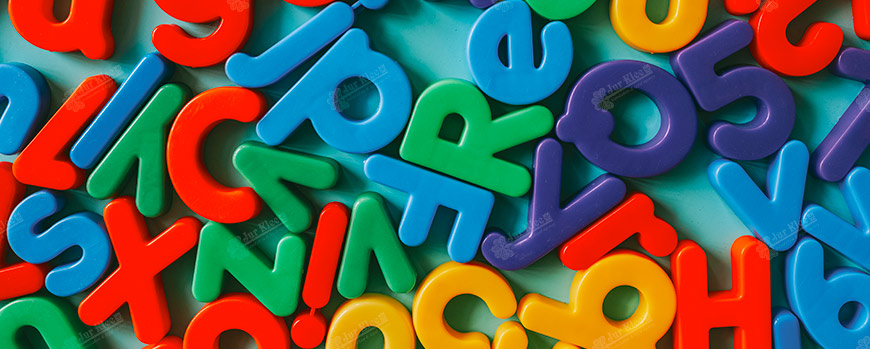
How to transliterate Cyrillic when translating?
Many of those who are concerned with the question of transliteration of the name, address, names of institutions and other points from one language to another, think that there is nothing easier.
However, in fact, everything is more complicated than it may seem without understanding the topic, with a superficial approach. Looking into Wikipedia, you can find at least five popular transliteration methods. This is not surprising at all: different organizations make different requirements, often, without a competent approach, addresses, names are often transliterated absolutely incorrectly.
Unfortunately, there is still no single standard for translating Cyrillic into Latin. In this connection, our company often asks customers to send the format of writing names to our address, if they had to resort to the translation of the relevant documents or at the time of the direct submission of the application to indicate the address, names. Thus, you can protect yourself from discrepancies in the texts.
Transliteration of the reference list
What transliteration system is suitable for preparing a reference list in Russian? Of course, this question depends on the publisher publishing the work in the future.
Popular standards include:
- BSI;
- BGN/BGCN;
- ALA-LC.
Which of the above transliteration standards is needed by the client, you can find out in advance from a specific publisher.
Our company, among other services, will help, if necessary, translate or transliterate reference list based on information, requirements provided by the publisher or the customer himself.
ISO 9
Another standard is ISO 9. It implies transliteration of Cyrillic proper names within the framework of the principle "one Cyrillic letter corresponds to one Latin letter". According to it, the surname, first name, patronymic, geographical names are transliterated, if they do not have an established translation in the Duden dictionary.
It is common for our company to order transliteration for Germany according to ISO 9. When transliterating according to this standard, the translation of the name that matches the foreign passport is indicated in parentheses.
How is it true?
Standard does not mean law. As mentioned above, there is no single correct, generally accepted transliteration option, so often everything depends on the specific situation.
Do you need to transliterate Cyrillic correctly? It is enough to choose the appropriate transliteration method and inform our specialists for further work.

Some transliteration standards
| Cyrillic |
ICAO |
Standard ISO 9 |
Standard BSI |
| А |
A |
A |
A |
| Б |
B |
B |
B |
| В |
V |
V |
V |
| Г |
G |
G |
G |
| Д |
D |
D |
D |
| Е |
E |
E |
E |
| Ё |
E |
Ё |
E |
| Ж |
ZH |
Z̄ |
ZH |
| З |
Z |
Z |
Z |
| И |
I |
I |
I |
| Й |
I |
Ī |
I |
| К |
K |
K |
K |
| Л |
L |
L |
L |
| М |
M |
M |
M |
| Н |
N |
N |
N |
| О |
O |
O |
O |
| П |
P |
P |
P |
| Р |
R |
R |
R |
| С |
S |
S |
S |
| Т |
T |
T |
T |
| У |
U |
U |
U |
| Ф |
F |
F |
F |
| Х |
KH |
H |
KH |
| Ц |
TS |
C |
TS |
| Ч |
CH |
Č |
CH |
| Ш |
SH |
Š |
SH |
| Щ |
SHCH |
Ŝ |
SHCH |
| Ь |
|
ʹ |
ʹ |
| Ы |
Y |
Y |
Y |
| Ъ |
IE |
ʺ |
ʺ |
| Э |
E |
È |
E |
| Ю |
IU |
Û |
YU |
| Я |
IA |
 |
YA |
